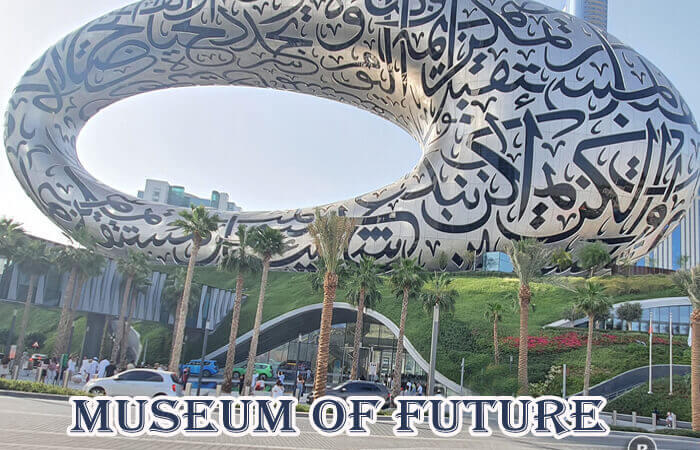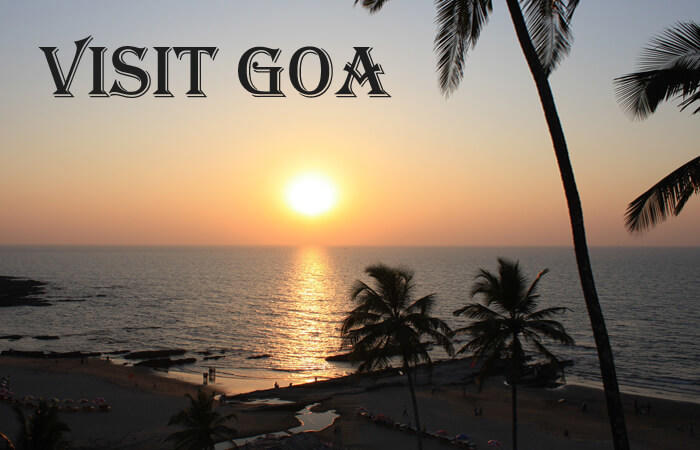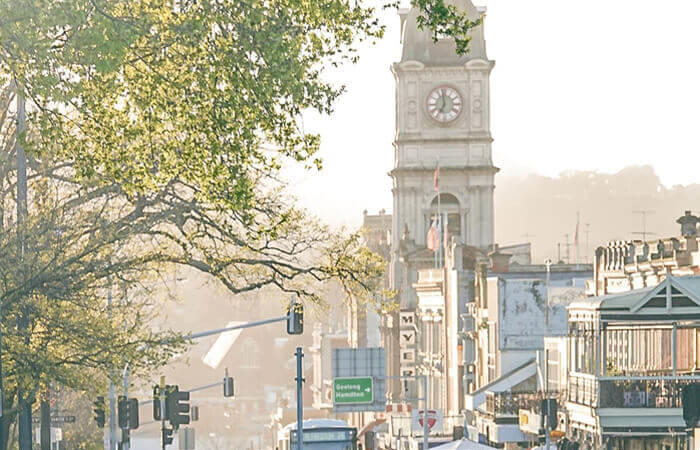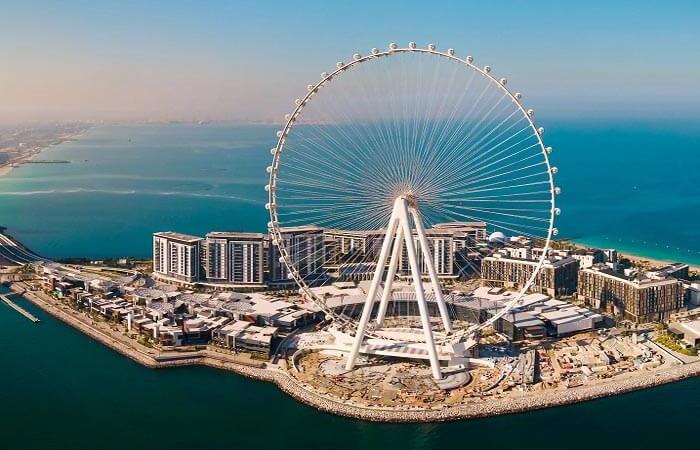Daman & Diu
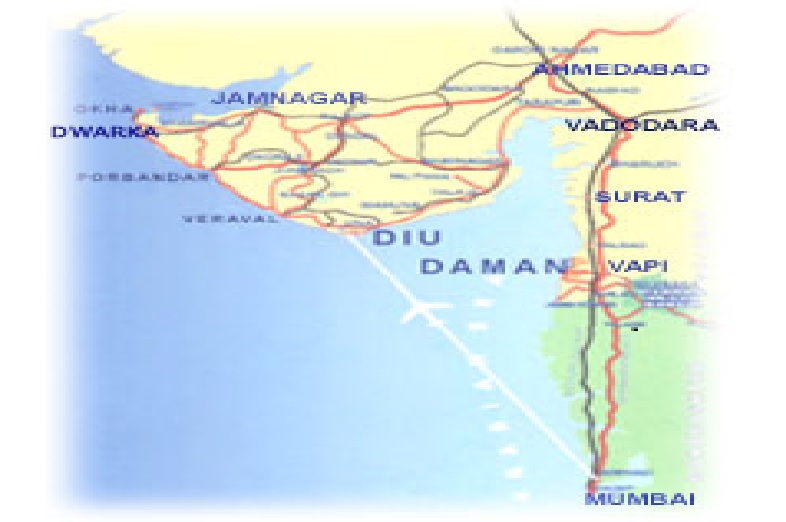
Daman and Diu are two districts that form one of the Union Territories of India. These two districts are 792 kilometers apart. In July 2019 Government of India proposed merging the two union territories as Dadra and Nagar Haveli and Daman and Diu and forming Dadra and Nagar Haveli and Daman and Diu as a union territory.
Daman
Close to Mumbai, but still far away from the crazy crowds, ‘Daman‘ is a Portuguese enclave. A picturesque port town and a popular getaway for the inhabitants of Mumbai. Located on the west coast, Daman has been the home away from home for the Portuguese until it was liberated in 1961 and became a part of the Indian Union.
Diu
Also a Portuguese colony, like Goa. Diu is an island on the western coast, off the Gulf of Cambay. It is a beautiful and secluded island about 786 km from Daman. The island has a coastal length of 21 km and is about 11 km long and 3 km wide. It is connected to the mainland by two bridges. One is near Tad village and the other near Ghoghla village in Gujarat.
Getting There (Daman) :
- By Air: Mumbai airport.
- By Rail: Most of the Express and Passenger trains from Mumbai
Central and Bandra Terminus to Surat, Baroda, Ahmedabad, and Delhi stop at Vapi,
where the traveler to Daman must get off. - By Road: Buses from Mumbai to Ahmedabad and Saurashtra pass
through Vapi.
Getting There (Diu) :
- By Air: Gujarat Airways is operating a daily flight between Mumbai
and Diu. - By Rail: The nearest rail station is Veraval. From Diu train service
is available from Veraval to Rajkot and Ahmedabad. - By Road: Regular buses are operating from Diu, Ghoghla and Una to
various cities in Gujarat.
Fast Facts :
- Area: 1000 Sq. Km
- Capital: Daman
- Languages: Gujarati and Marathi
- Religion: Christianity (major), Hinduism, and Islam
- Literacy rate: 88.49 %
- Best Time To Visit: September to May
Tourist Attractions :
Diu Town
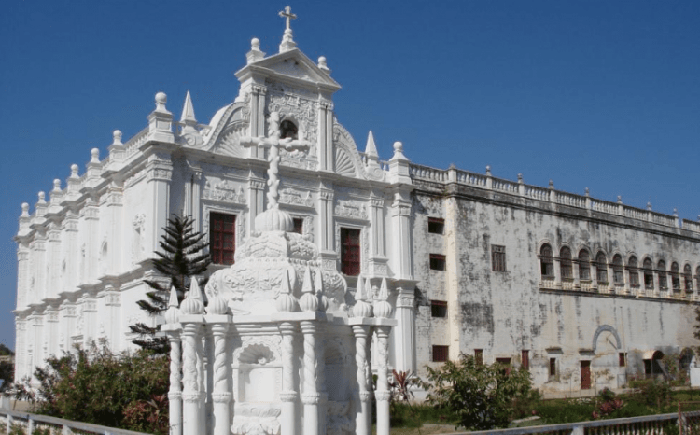
Diu Town is protected by the fort in the east and a wall in the west. Fishermen make daily trips from the north coast by wooden boats. A few churches built by the former European inhabitants are still in use, although the Christian population is decreasing. The Church of St. Thomas is now a museum that lies to the north of St. Pauls.
Diu Museum
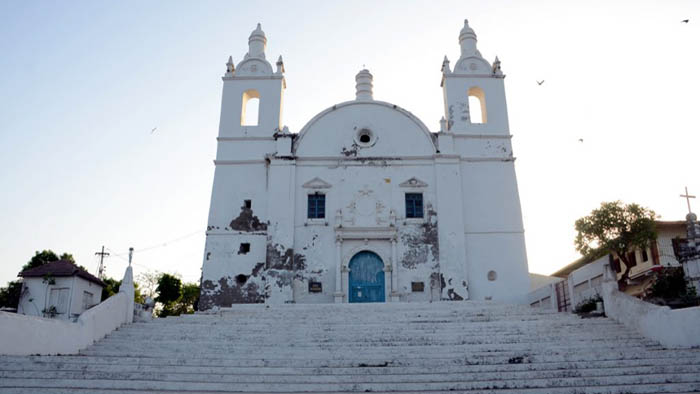
The St.Thomas church was converted into a museum in 1992. There are artifacts of the 16th century, 400 years old.
Naida Caves
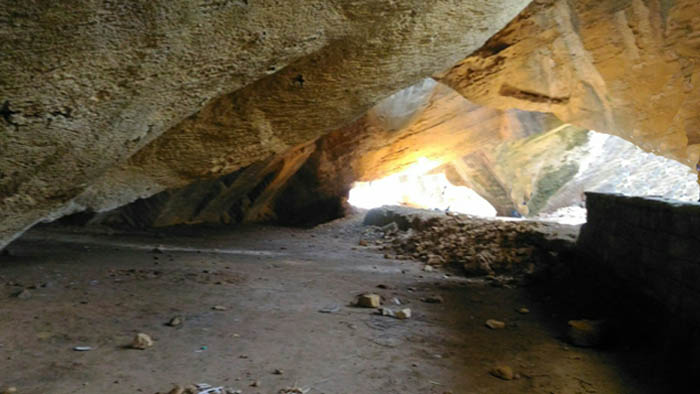
This is a beautiful cave with light falling from different angles by the side of the rocks. It is believed that these caves were naturally present here. But when the Portuguese took control of the region, they used those orange-gray stones to build the fortress of the magnificent Diu, leaving a very unique structure there.
Zampa Gateway
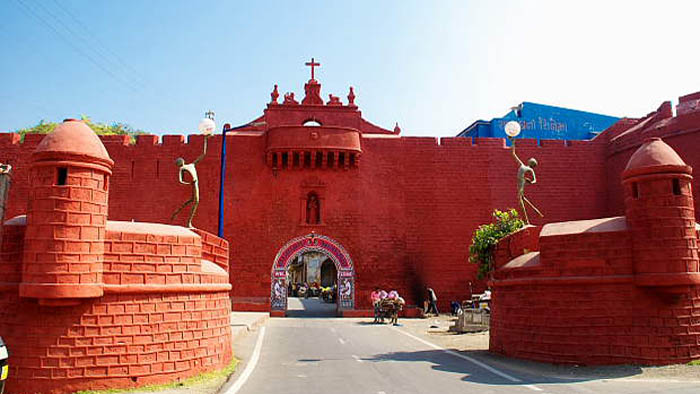
The Zampa Gateway in Diu takes us back into the yesteryears. It also reminds us of the art and architecture that the people of the erstwhile period used to incorporate to express their reverence or likeness for something.
Lighthouse, Diu fort
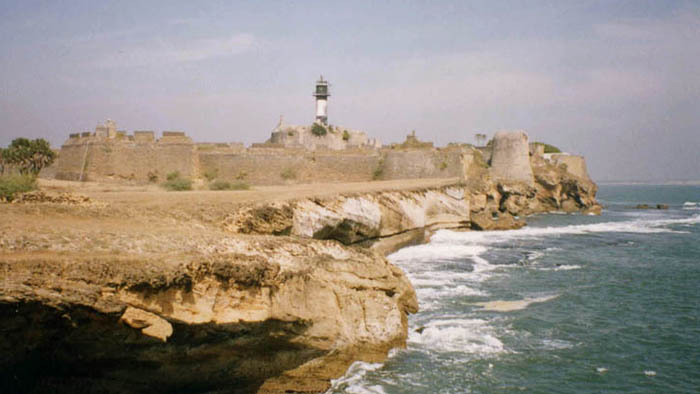
Fort of Diu was constructed between 1535 and 1541 AD after a defense alliance, concluded by the Bahadurshah, Sultan of Gujarat, and the Portuguese when the former was attacked by Humayun, the Mughal Emperor. On the Fort stands a giant structure now housing a Lighthouse. A couple of mounds of iron shells can be seen even today inside the fort.
Suggested Read: Dadra and Nagar Haveli and Daman and Diu – Culture and Tradition

